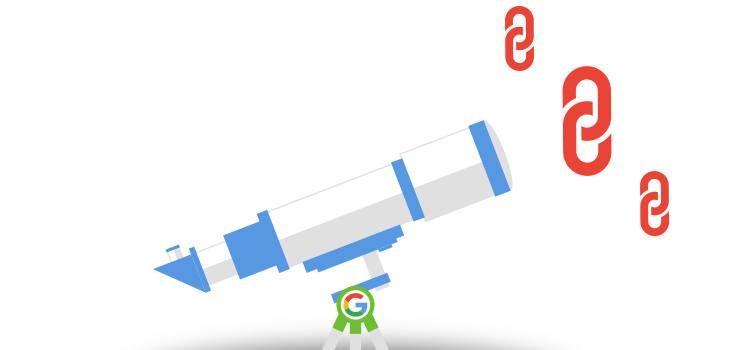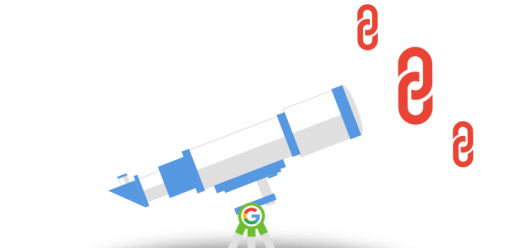Google Backlink Penalties — You’re Out
Google Backlink Penalties — The Way Back

SEMrush on Tuesday released research identifying the top 10 reasons that Google penalizes a site for unnatural inbound links and the combinations that might prompt higher frequency. For each of these reasons, SEMrush calculated the frequency, tips on how to avoid penalties, and how to recover from it.
Sponsored or paid links have the highest rate at 53%, followed by guest posts and press releases at 45%, private blog networks and link networks at 27%, user-generated spam at 16%, web directories at 16%, pure spam at 14%, direct ads and affiliate links at 10%, business directories and bookmarking sites at 10%, links in widgets at 7% and hidden links at 4%.
The research is based on more than 830 backlinks. Case frequency represents the net share of each penalty among all of the backlinks covered. One backlink could get a penalty for multiple violations of the Google Webmaster Guidelines, according to SEMrush.
A penalty from the Google Spam Team is a manual measure for violating Google’s Webmaster guidelines, resulting in the organic visibility of a website to rapidly fall, explains Elena Terenteva, product market manager at SEMrush, in the research.
The goals were to spot factors and correlations that trigger penalties, identify how frequently each penalty occurs, use the company’s Backlink Audit algorithm to test when assessing backlink profiles and labeling as toxic, improve the tool to provide the best way to tackle Google penalties and avoid them, and create a step-by-step guide that will help marketers and their websites recover from Google penalties and build a strong backlink.
In many cases the combination of two or more types of manipulative behavior triggers penalties, but the combinations are not always obvious, which makes it difficult for SEO professionals and webmasters to detect the exact weakness.
The key findings suggest that Google may classify links even from trusted websites if they appear to be unnatural or paid. Websites and properties also get penalized more often than specific pages or sites. Nearly half of the cases have money anchors. And even very old inbound links can trigger penalties.
The most difficult part — removing the penalty and recovering from it — takes time. In fact it can take on average of between two and three reconsideration requests to remove a penalty.
It can take up to six months to lift an inbound link penalty. If marketers are careless cautious and impatient with filing reconsideration requests, it could simply extend the process. Stay calm and follow all the steps Google outlines, according to SEMrush.
The post also provides tips to avoid penalties and tips on getting a penalty removed.
(11)


